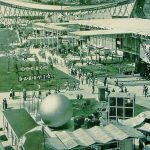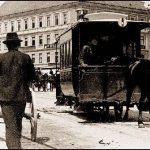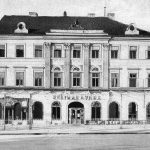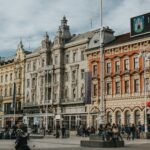Every city has its iconic spot and for Zagreb it’s the Ban Jelačić Square; you don’t even need to specify which square you’re going to, if you refer to it simply as “the Square,” everyone will know which one you mean.
Just like all roads lead to Rome, all roads in Zagreb lead to the Square – it’s the mind and the soul of the city because it controls the movement (you meet next to the clock or Ban Jelačić’s statue) and it’s a central point with a unique touch – it’s near the Upper Town, and even though geographically it’s considered part of Lower Town, in most cases it’s simply – the Square.
To find out the history of this fascinating place, we need to go back to history when Zagreb wasn’t Zagreb yet and the square was nowhere close to being the place it is today.
If you know anything about Zagreb’s history, you know that Zagreb wasn’t a single town until the 19th ct. Before that, two separate walled towns existed: Kaptol and Gradec (Upper Town today).
The area where the Square is now located used to be outside the city walls, so it wasn’t of any particular importance.
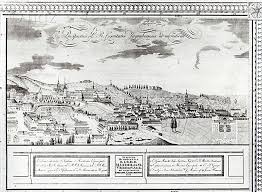
Duga ulica (today’s Radićeva) started to form in the late 17th ct and because this was a place where merchants used to live, they started selling their produce on the nearest meadow – today’s Square. It was a place where cattle were sold and tax was collected. This is how the Square got its first name –the thirtieth or thirtieth customs (Hungarian: harmincad) was a tax on foreign trade in the Kingdom of Hungary, so the Square’s first name was Harmica.
The oldest building located on the square is the Felbinger Palace, which was built in 1828, at the same time as Hatz Palace, which has since been replaced by Hotel Dubrovnik. The only thing remaining from Hatz Palace is the sculpture of Mercury, designed by Antun Dominik Fernkorn, who also designed ban Jelačić’s statue, the main symbol of the Square.
Shortly after this, in 1830, the fair was relocated to Zrinjevac, so the Square started to take its present shape.

Oil lamps were added to the Square in 1830, gas lights were added in 1864, and the Square got its first electric lights in 1907.
In 1852, Manduševac well was set up as the first public well in the city. One of the legends of how Zagreb got its name is actually connected to Manduševac – the well was named after Manda, a young girl who, as the legend goes, was standing next to the well when a Croatian ban (viceroy) returning from battle approached her. He said: “Zagrabi mi vode, Mando!” (zagrabiti = scoop up), and that’s how Zagreb got its name. The Medveščak creek that used to go along what is now Tkalčićeva street passed through this side of the Square as well. The well was notorious because it was thought to have been a place where Zagreb witches (“coprnice”) would gather to perform their witchcraft.

The Square got its present name in 1866 when a statue of ban Jelačić (made by Antun Dominik Fernkorn) was placed in its centre. The statue originally faced the other way – simply because that’s where the actual town was located (the Lower City hadn’t been built yet).

Still, the Square wasn’t actually a proper town square until its central and northern sides were paved in 1907, before that it was a dusty village square that would turn into a muddy pond when it rained.
The first “skyscraper” was built on the corner of Ban Jelačić Square and Jurišićeva Street in 1905. The Feller Palace, as it was called, had a pharmacy in it, where Mr Feller sold his magical ‘Elsa fluid’, which was exported to Europe, America and Asia.

The first cinema in Zagreb opened in 1906 in Bolnička (today’s Gajeva).
A horsecar line passing through the square’s southern side was introduced in 1891. In 1910–11 horses were replaced by electric trams.
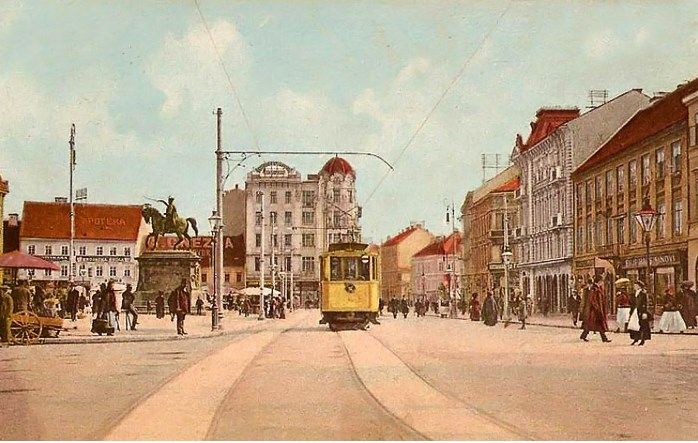
The square was renamed in 1946, when it became Republic Square, and Ban Jelačić’s statue was removed.

It’s hard to imagine it now, but the Square was not a pedestrian zone then – car traffic through the square intensified after WWII, but it became a car-free zone in 1975.
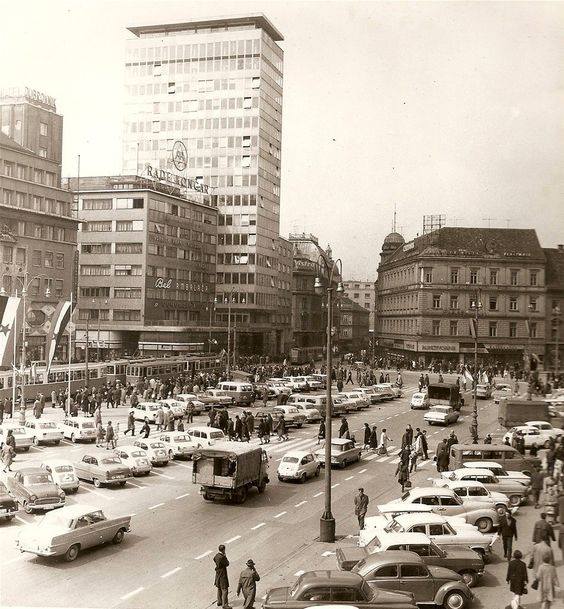
The 1987 Summer Universiade (World University Games) was held in Zagreb. The city used the event to renovate and revitalize the city The square was repaved with stone blocks and made part of the downtown pedestrian zone.
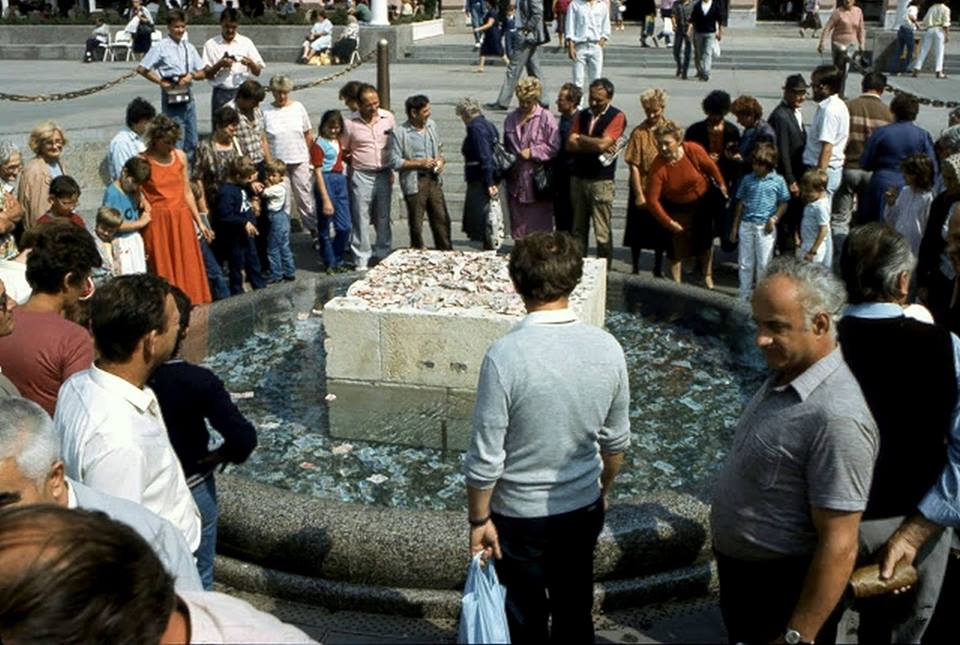
On October 11, 1990, during the breakup of Yugoslavia and after 1990 elections in Croatia, Jelačić’s historic role has again been considered positive and the statue was returned to the square but on the north portion facing south, turning into the place we know and love today – Ban Jelačić Square.

Photos from www.hkv.hr, slikeinovosti.blogspot.hr and Zagreb – kakav je bio nekada


